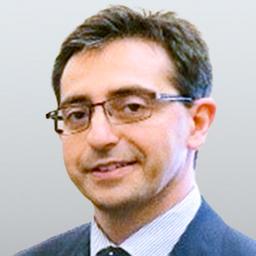Commentary
Throughout its history, the Catholic Church developed rich forms of liturgical worship in both East and West, a testament to its universality. In the West, a form of the Mass developed, known as the Latin or Roman Rite. Its origins can be traced back to Apostolic times and its form remained essentially unchanged for centuries, until it was replaced by a Novus Ordo (new form) of Mass in 1969.





